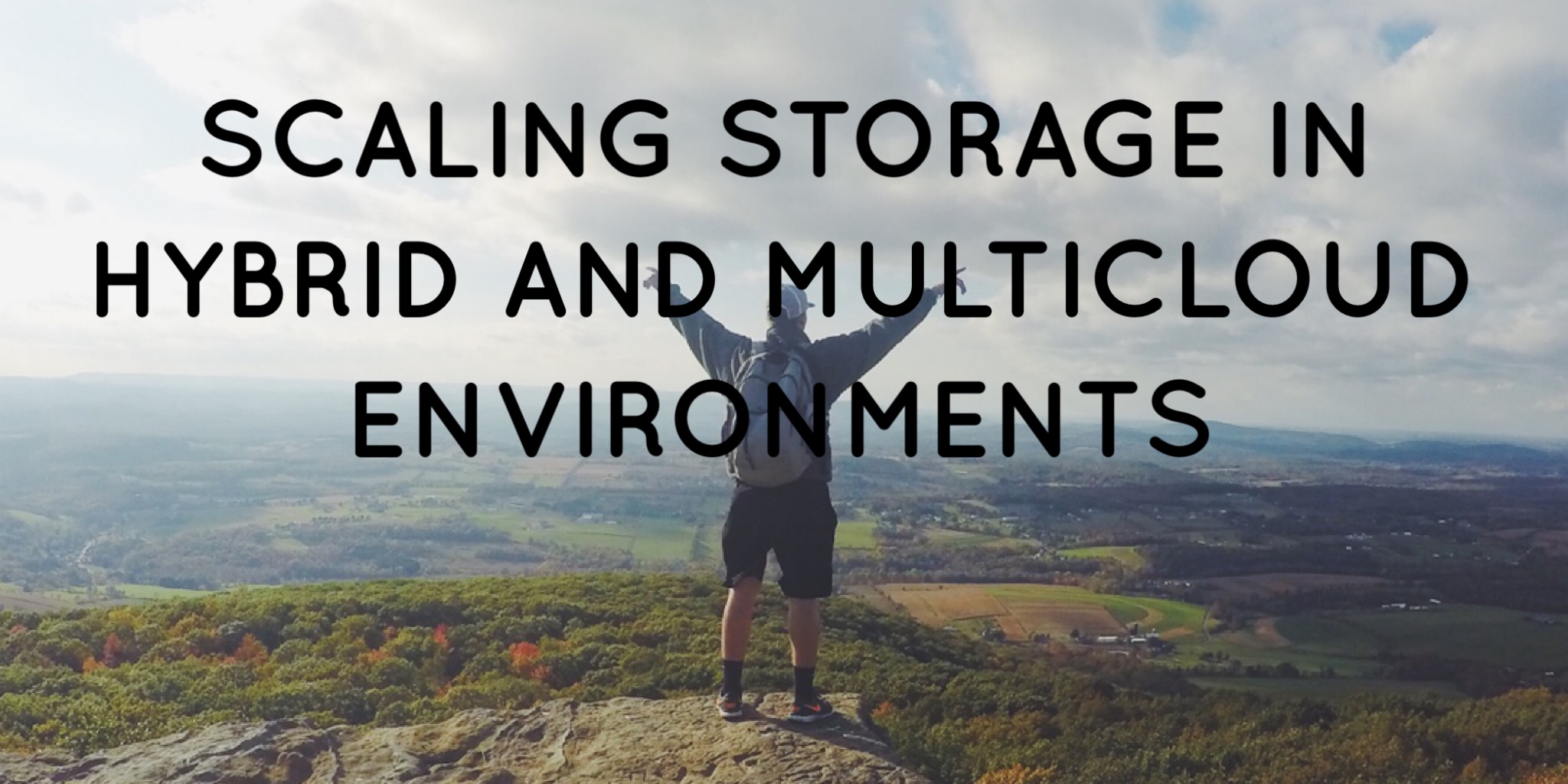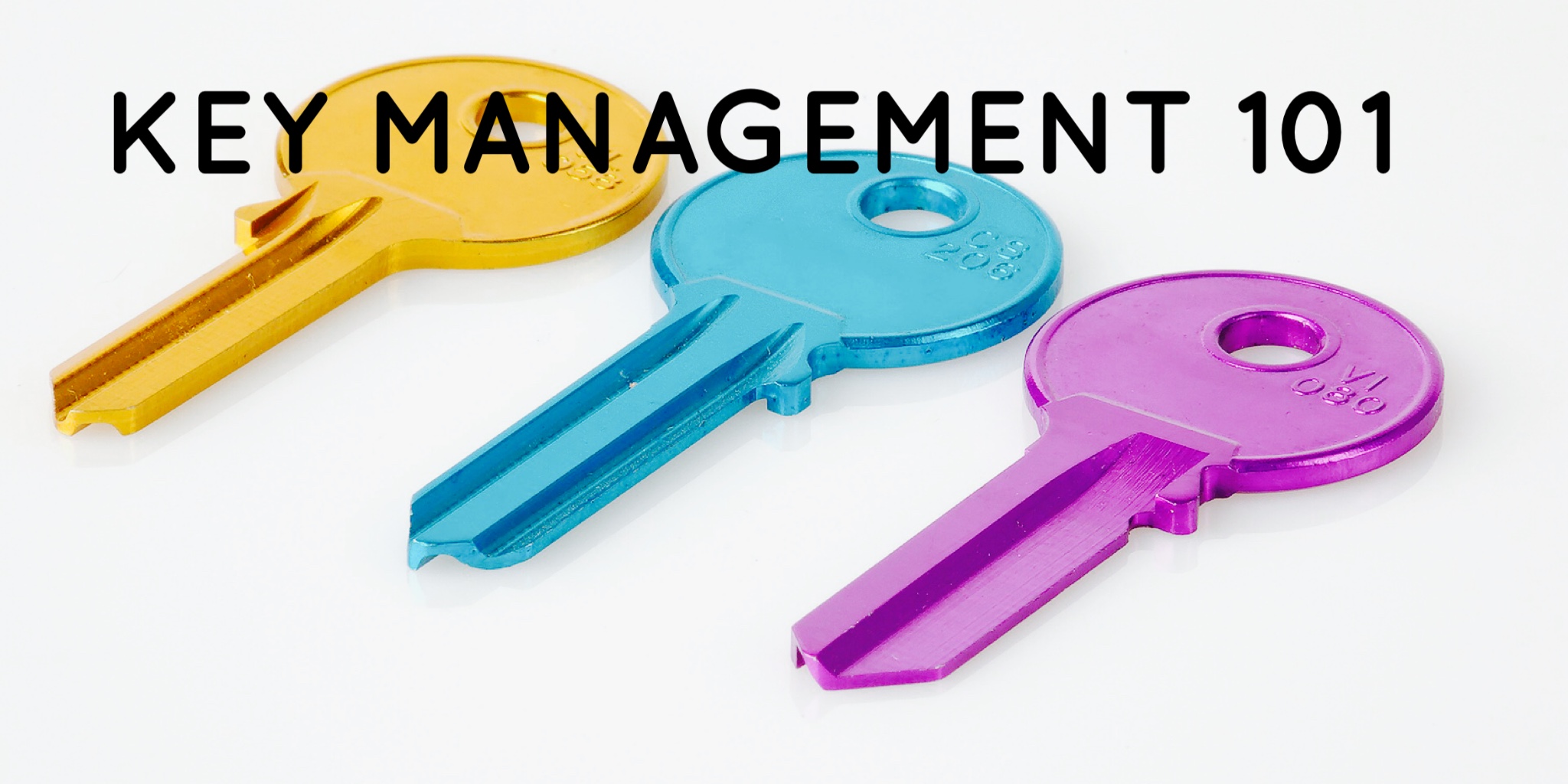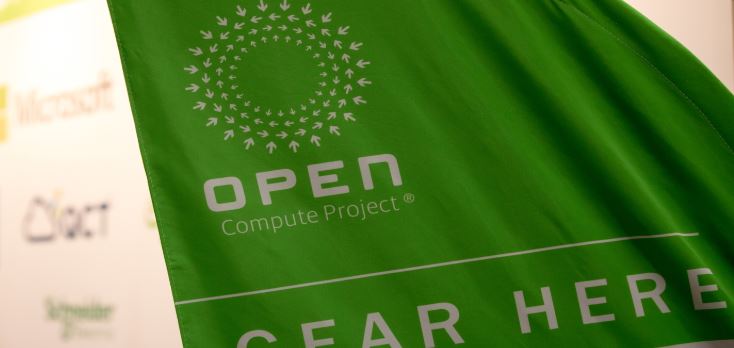In this time of lockdown, I’m sure we’re all getting a little off kilter. I mean, it’s one thing to get caught up listening to tunes in your office to avoid going out and alerting your family of the fact that you haven’t changed your shirt in two days. It’s another thing to not know where a clean coffee cup is in the house so you can fill it and face the day starting sometime between 5AM and Noon. Okay, maybe we’re just talking about me, sorry. But you get the point.
Wouldn’t it be great if we had some caffeinated source that was good forever? I mean… persistence of Java? At this point, it’s not just me.
Okay, that’s not what this webinar will be talking about, but it’s close. SNIA member Intel is offering an overview of the ways to utilize persistent memory in the Java environment. In my nearly two years here at SNIA, this has been one of the most-requested topics. Steve Dohrmann and Soji Denloye are two of the brightest minds in enabling persistence, and this is sure to be an insightful presentation.
Persistent memory application capabilities are growing significantly. Since the publication of the persistent memory programming model developed by the TWG, new language support seems to be happening every day. Don’t miss the opportunity to see the growth of PM programming in such a crucial space as Java.
The presentation is on BrighTALK, and will be live on May 27th at 10am PST. You can see the details at this link.
Now I just have to find a clean cup.
This post is also cross-posted at the PIRL Blog. PIRL is a joint effort by SNIA and UCSD’s Non-Volatile Systems Lab to advance the conversation on persistent memory programming. Check out other entries here.














Leave a Reply